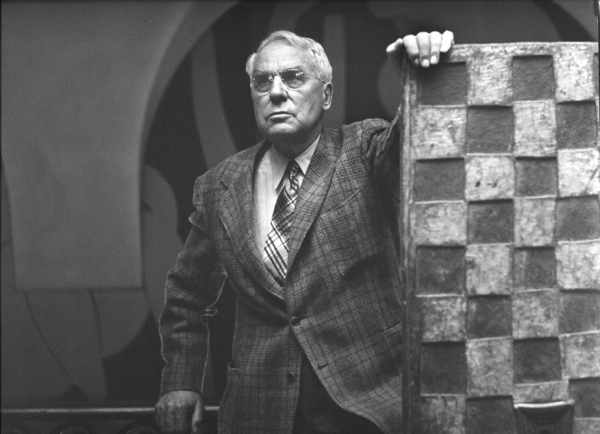Movie review by Greg Carlson
Don Argott’s entertaining documentary “The Art of Steal” is a passionate, if one-sided, examination of the convoluted history and looming fate of an unparalleled collection of modern art currently housed in Pennsylvania. Framed as a decades-long battle between an iconoclastic inventor with a brilliant eye and a horde of uncultured barbarians hell-bent on commercial exploitation, the movie dangles all kinds of questions concerning the law, public access to priceless art, and the unchecked influence of the powerful.
Dr. Albert Barnes made a fortune with the development of the antiseptic Argyrol, and used his wealth to assemble a jaw-dropping trove of canvases by the likes of Matisse, Picasso, Renoir, Cezanne, Monet, Seurat, Van Gogh, Gauguin, and Modigliani. “The Art of the Steal” hints at the scope and value of the art in the Barnes collection, but only one abbreviated sequence near the beginning of the movie really addresses a sampling of the paintings themselves, superficially commenting on pieces including Seurat’s “Models,” and Van Gogh’s “Portrait of the Postman Joseph Roulin.”
Heavy on talking heads, “The Art of the Steal” desperately needs a strong section more comprehensibly detailing the physical space of the Lower Merion Township location that houses the artworks. Argott relies on a number of tantalizing photographs of Barnes’ fascinating “wall ensemble” arrangement technique, but the grounds, which contain an arboretum teeming with botanical specimens, are virtually ignored (curious, because so much of the argument is focused solely on the relocation of the art to a proposed space on the Benjamin Franklin Parkway). The current incarnation of Barnes administrators claims that the original display configurations of the art, as well as the scale of the rooms, will be recreated in the new space.
“The Art of the Steal” is by no means perfect, and many viewers will begin to long for more personal information and history about Barnes, who is glimpsed throughout the film in clips of color home movie footage. Argott acknowledges all the pertinent facts relating to the eccentric curmudgeon’s disdain for the conservative Philadelphia establishment, but following the introductory exposition, the post-will assault is moved front and center for the rest of the running time. In his day, Barnes detested Philly fat-cat Moses Annenberg, and the contemporary villains materialize in the form of a trio of grant-making agencies: the Pew Charitable Trusts, the Lenfest Foundation, and the Annenberg Foundation. The devious dealings of the foundations, abetted by a group of oily politicians, are chronicled with relish.
Argott uses chapter-like headings to organize the film as a procedural, and the application of the tactic helps to build suspense as we wait to hear a judge’s decision on the fate of the Barnes Foundation collection. By this time, however, the theme of greedy corporate interests dismantling a man’s will has been looping on repeat long enough. Additionally, Argott misses several opportunities to thoughtfully explore the arguments and viewpoints of the opposition, content to stick with title card inserts informing us that so-and-so declined repeated invitations to be interviewed. Had the filmmaker been willing and able to ponder the most reasonable dimensions of the arguments from both sides, “The Art of the Steal” could have been great instead of good.
